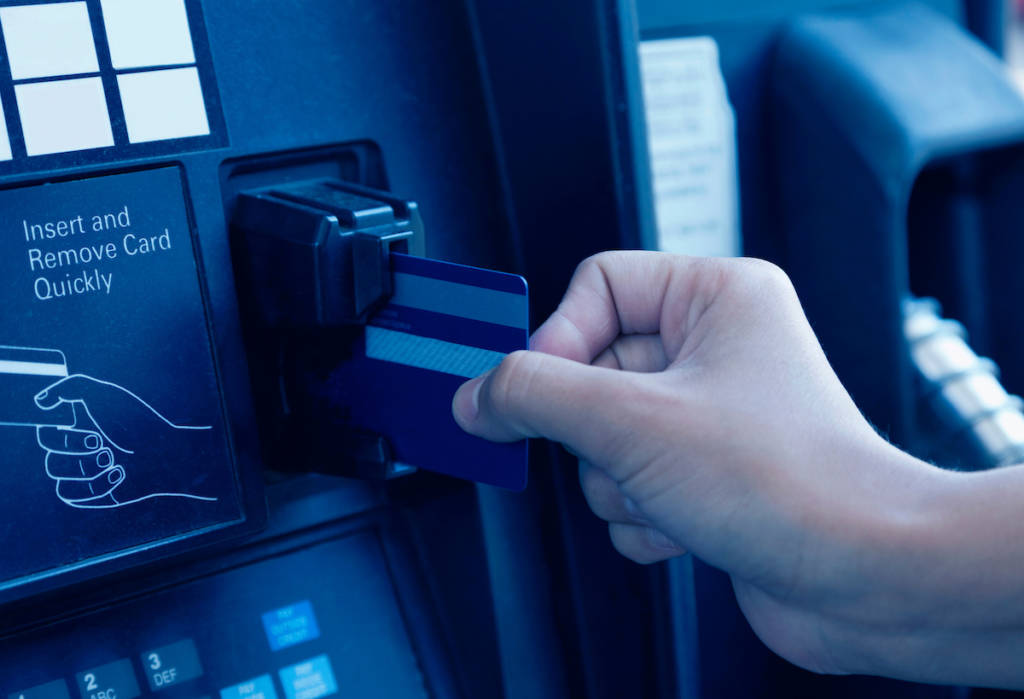The view that the ATM is dead is built on a developed world hypothesis that cash is on its way out. While electronic payments are growing significantly, cash still accounts for 90% of consumer transactions across the globe.
In this world the ATM can be a remote and secure way of getting cash, leveraging a central position within a multi-channel solution to drive revenue. Financial institutions continue to be driven by growing self-banking consumer trends. In fact their customers wish to have more and more control over their financial information and look for additional solutions to self-manage their financial situation. Consumers expect to be able to gain access to their account information and funds, at anytime, from anywhere, and with no limitation linked to a physical payment card. While mobile technology enables many services which serve this trend, cash remains a strong preference with consumers, still making the ATM channel a frequent touch point to serve existing customers, as well as a place of opportunity to acquire new customers and cross-sell financial products.
In this world of sluggish economic growth and continuing uncertainty, banking executives have been squeezing efficiencies at the expense of growth. The payments business is starting to focus on revenue growth and this growth can be achieved by providing innovative payment services at the ATM. Here are four ways to improve customer interaction, loyalty and ultimately revenues:
1. Customers can start an ATM transaction using a customer ID (such as an account number, email address or phone number) through a keypad entry. This would replace the insertion of a card in the ATM card reader, ultimately driving customers with no card to the ATM channel and the ability to reduce card related costs.
2. Customers can initiate an ATM transaction using a contactless payment token such
as a contactless card, mobile phone or a key fob through the ATM contactless pad, improving the customer experience and gearing up for the interaction with the mobile channel.
3. Consumers can stage transactions through their mobile device and complete the transaction using a QR code at the ATM for example, ultimately replacing the ATM screen and key pad limitations with the promising flexibility of Mobile applications.
4. The ATM channel can be the central point of remittance for person-to-person, business-
to-person or person-to-small business mobile payments. While the person or business initiating the payment is an account holder at the bank, those receiving the funds do not necessarily need a bank account, offering multiple possibilities to capture revenue from non-banked customers, or the opportunity to convert non-customers into stored value account or full demand deposit account customers.
Although these are not so new concepts anymore, they are a strong reminder that the ATM is alive and well, and is evolving to meet the needs of the world’s next generation of consumers. To get a piece of the action, normalizing the way customers interact across all banking channels is crucial, and enabling the integration of the ATM with mobile technology is a must to continue to drive customer engagement.
The ATM is “dead”? No, thanks to an effective multi-channel solution the ATM will live in its mutant form for a long time!




